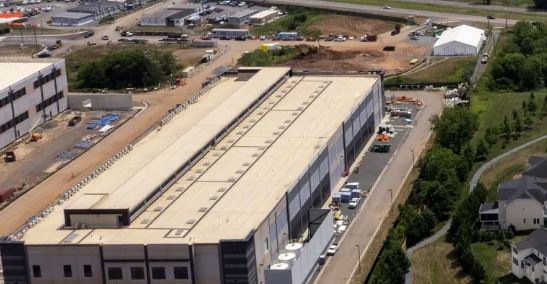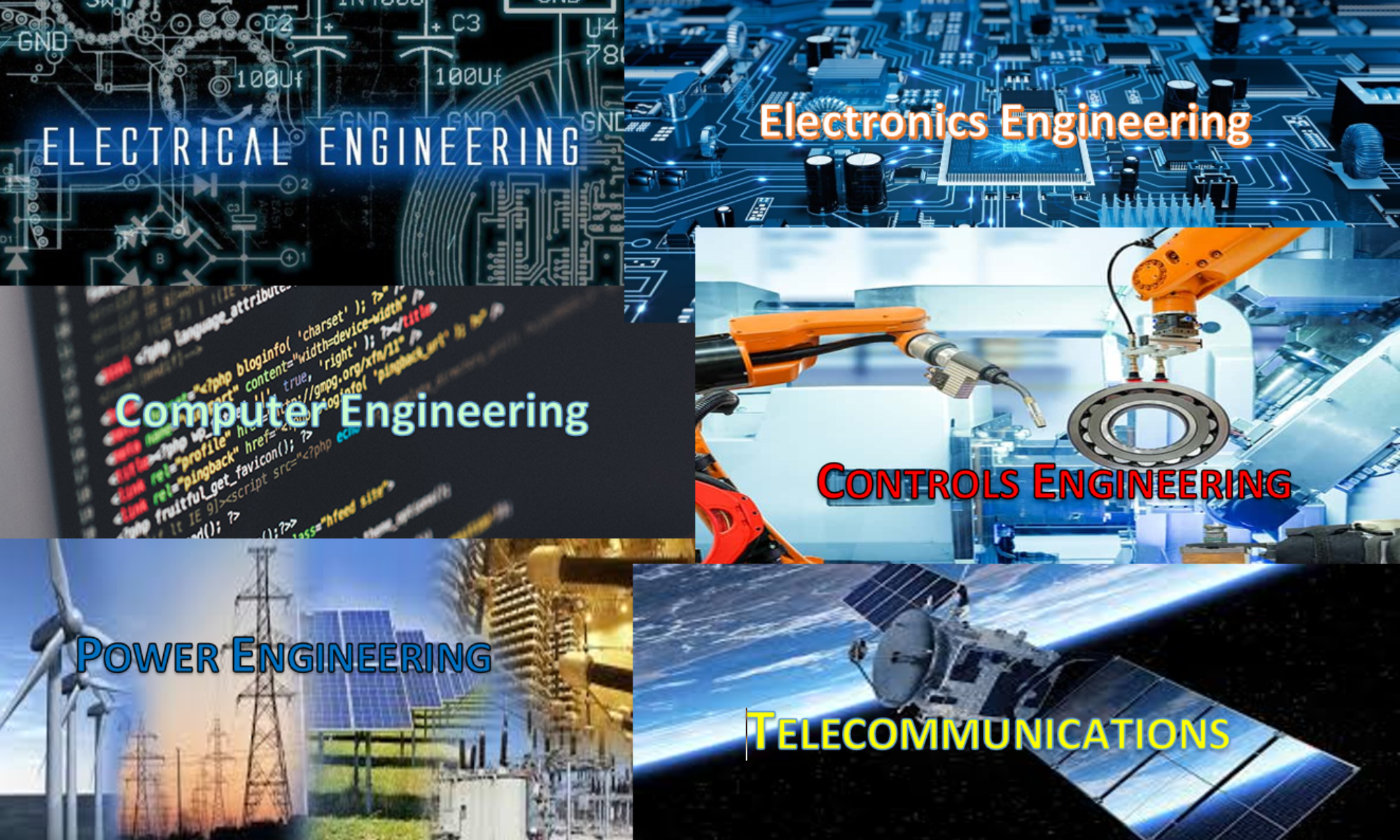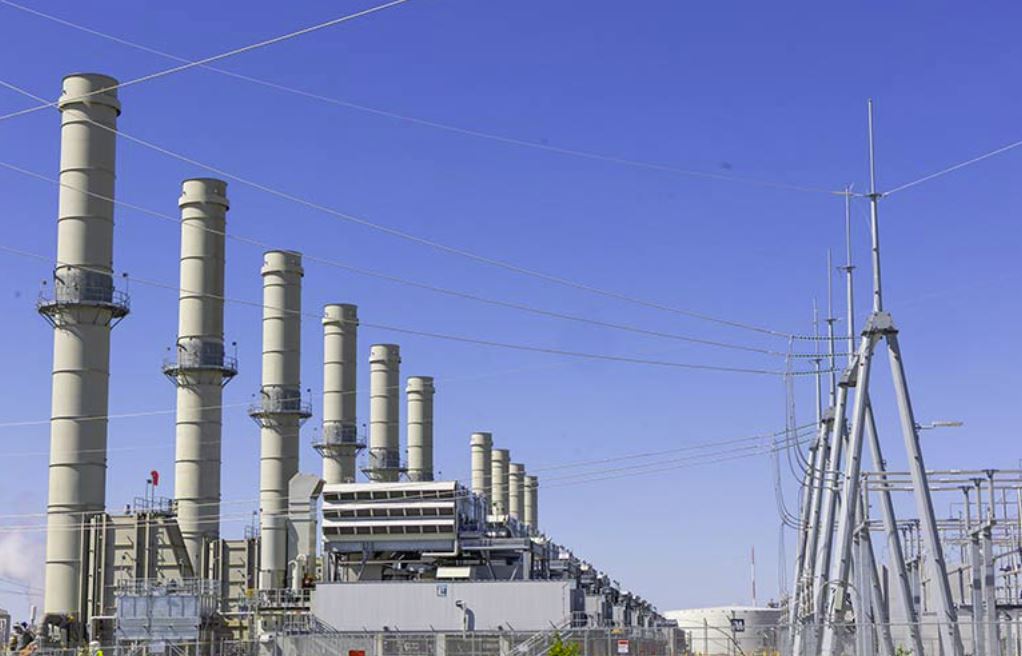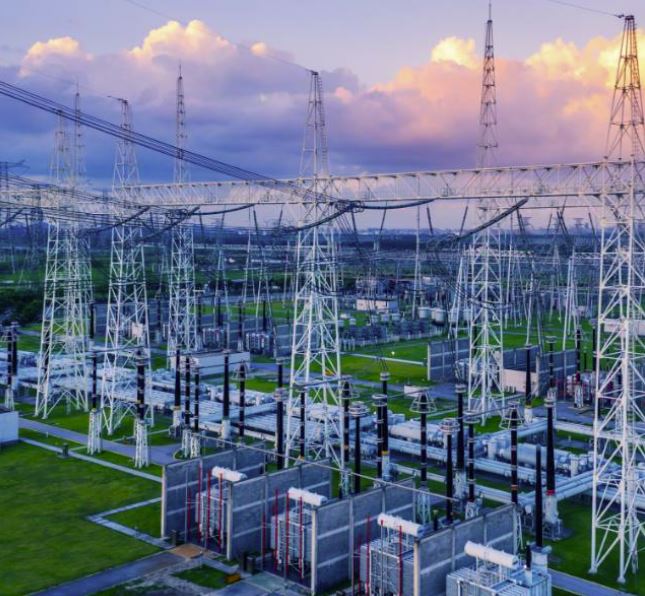UtilityDive.com: Robert Walton

Will the integrated circuit (IC) chip manufacturers be able to maintain AI’s ever-increasing demand for new data center facilities?
London Economics produced a report stating that, “AI demand forecasts have alarmed utilities that are rushing to add energy resources, despite concerns over impacts on power bills. Projected data center demand from the U.S. power market would require 90% of global chip supply through 2030, where such a scenario is unrealistic.”





